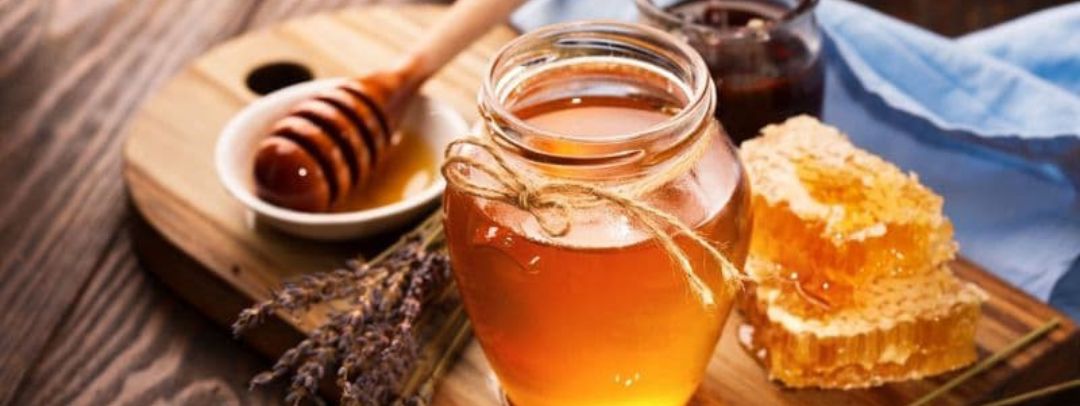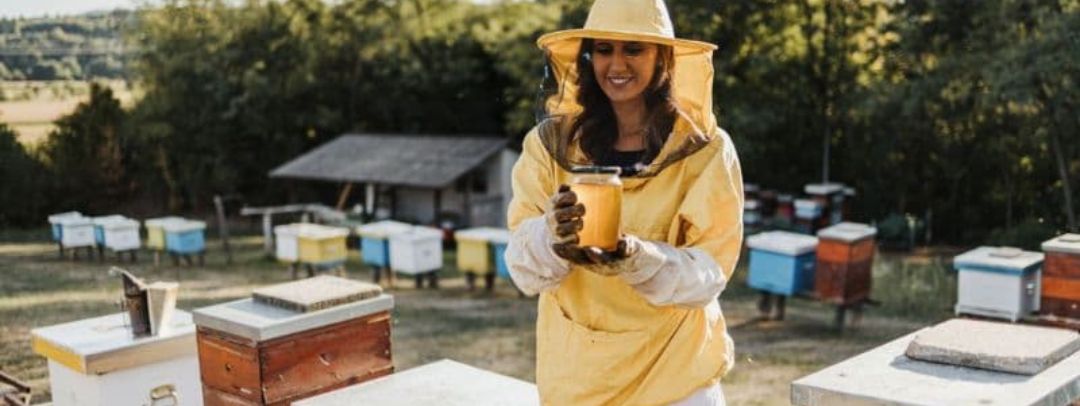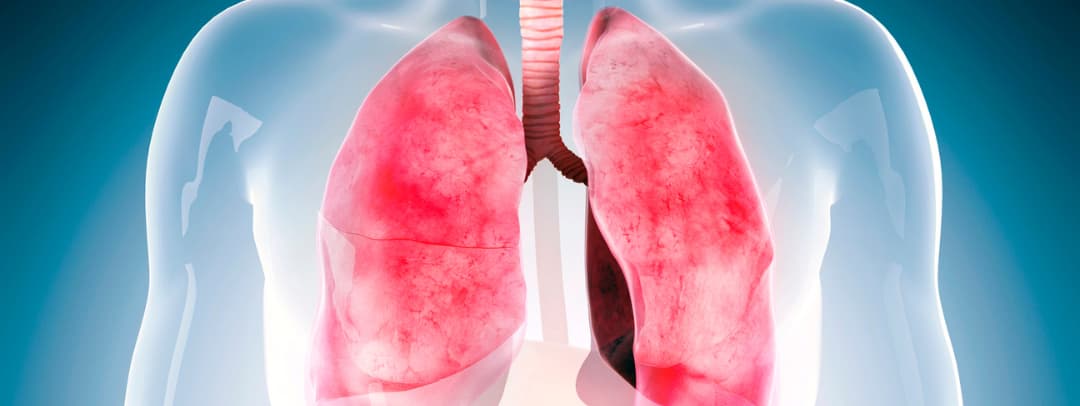The associative capacity of bees makes them extraordinarily capable of generating and guaranteeing enough food for the entire hive, thanks to their coordination skills and abilities. These generate such a quantity of honey that they can feed thousands of specimens.
When the honey collection begins, the beekeeper takes a part of what is obtained, leaving the rest in the hive so that the bees can subsist without difficulty.
How much honey do bees produce in a hive?
Although there are various factors involved in this process and that condition the final result, a swarm in good conditions is capable of generating up to 50 kg of honey in a hive in a year. The average ranges between 20 and 50 kg. This amount fluctuates depending on aspects such as the flowering in the radius of the hive, the number of bees in the swarm or the strength of the swarm.
How do bees make honey?
Honey is the result of collecting nectar and other substances such as pollen, from flowers and plants. Those in charge of targeting these substances are the foraging or worker bees (apis mellifera), which collect them and transport them to the hive.
These substances are processed and mixed by the bees, with their saliva and enzymes, processing the nectar and regurgitating it. This process is called trophallaxis. The bees that receive the nectar are responsible for mixing it with their saliva, adding enzymes. Their function is to regulate the pH. The last step will be to place it in the hexagonal-shaped cells for the production of honey.
A very important step in the process is the removal of moisture present in the honey. This is possible thanks to the ventilation procedure of the bees, which manage to evaporate the excess water from the nectar, obtaining sugar crystals and other sustenance such as vitamins.
By removing excess moisture, honey can be kept for years, since the presence of abundant water content is a source of proliferation of fungi, molds, etc.

What other substances do bees produce?
In addition to honey, in the hive the bees are capable of manufacturing other valuable substances such as royal jelly or wax, among others.
How many flowers do you need to pollinate to make honey?
A swarm needs to visit approximately 2,700,000 flowers to make a kilo of honey.
Every day, a bee harvests or drinks the nectar of about 560 flowers.
How much honey does a bee produce?
The worker bee is capable of storing only 8 small microdrops of nectar in its honey crop. Therefore, it is essential that they make thousands of flights from the hive to the source of nectar and these substances, and the return to it.
Approximately 4 ml of honey represent a lifetime of dedication and effort of about 10 bees.

How important is it in pecoreo?
To begin with, foraging is the term used in beekeeping to refer to the process of collecting nectar and other substances carried out by adult worker bees.
The work of collecting is not unique and exclusive to nectar. As previously mentioned, bees also collect other substances such as pollen or propolis.
Foraging is a mechanism of vital importance for the survival of bees. Although, it is not exclusive to them, since other insects that have this type of substance as a food source also do it. It is a key aspect for the pollination of numerous species of plants and flowers, which makes bees essential living beings.
How many kilometers do bees travel to collect nectar?
Gathering nectar and pollen (foraging) is carried out by adult bees. They need to spend, previously, around 21 days in the hive to reach that stage. Once they are adults, foraging bees are capable of flying 800 km to collect nectar.
You may also be interested in:



